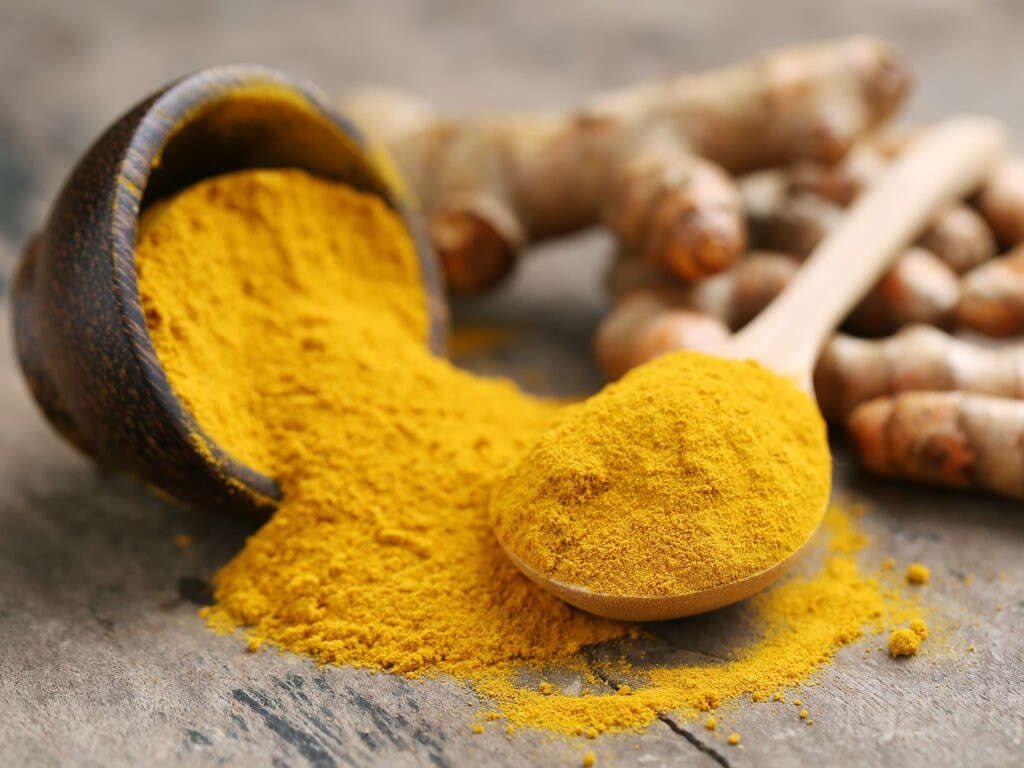10 Oral Thrush Symptoms
Candida albicans is a type of fungus that resides in the mouth all year round. People don’t usually notice that it’s even there, but sometimes it can grow out of control. When C. albicans gets out of control, it causes an infection known as oral thrush.
Oral thrush often occurs at times when the patient’s immune system is weaker than usual. It can be unpleasant and even painful, but it is usually harmless. Regardless, it should still be treated if possible.
Symptom #1: Difficulty Swallowing
Swallowing is a natural reflex. Even a newborn baby will immediately know how to swallow as it ingests its mother’s milk. Although swallowing is usually effortless, illness can make it quite painful. Oral thrush can make the soft tissues of the mouth feel quite sore.
As food and liquids pass over these tissues when people swallow, it can result in considerable pain. This can make it difficult to eat and drink, but it is important to maintain nutrition however possible.
Symptom #2: Burning Sensation
The inside of the mouth has very soft tissues that are very sensitive but nevertheless well protected. If something affects these tissues, though, then it can be quite uncomfortable. People with oral thrush often experience a burning sensation in the mouth.
Fortunately, it is not likely to cause any lasting damage and will pass when the infection is gone. Thankfully, oral thrush is fairly easily cured.
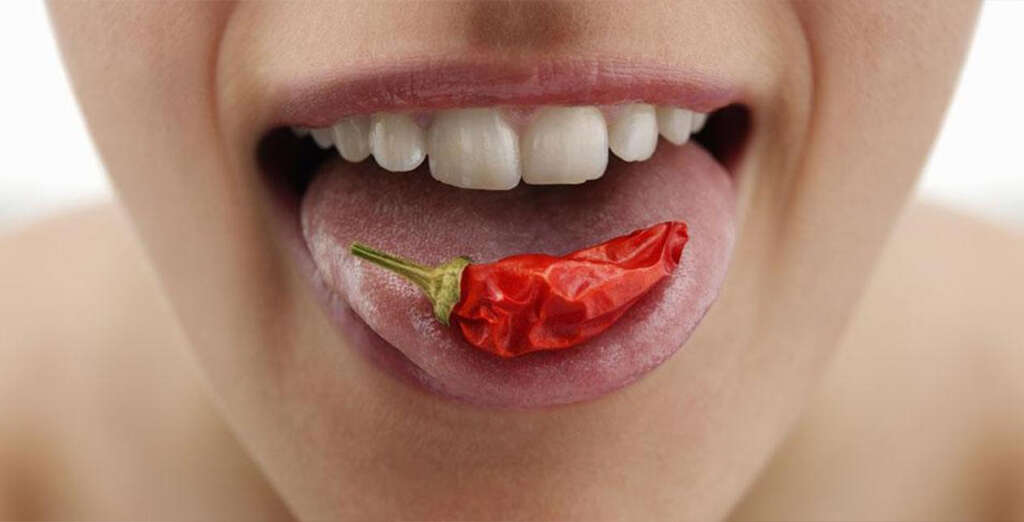
Symptom #3: Sensation of Stuck Food
The digestive tract travels from the mouth, down to the stomach, and all the way to the other end. This passageway is kept clear so that food and other items can pass through freely, and people usually can tell if there is something blocking the way.
People with oral thrush, however, can feel like there is food stuck in the throat or chest area even when there is not. This sensation is generally due to the presence of yeast in the lining of the passageway.
Symptom #4: Changed Taste
The tongue helps people taste food, giving a great deal of information about what they are eating. Importantly, it helps people keep clear of foods that cause illness. Pleasant tastes also make meals more enjoyable.
Unfortunately, oral thrush can affect the sense of taste. Food no longer tastes as good as it used to. In some cases, the sense of taste disappears altogether. It is still very important to maintain good nutrition and to be extra careful. Make sure food is fresh because it can be difficult to tell.
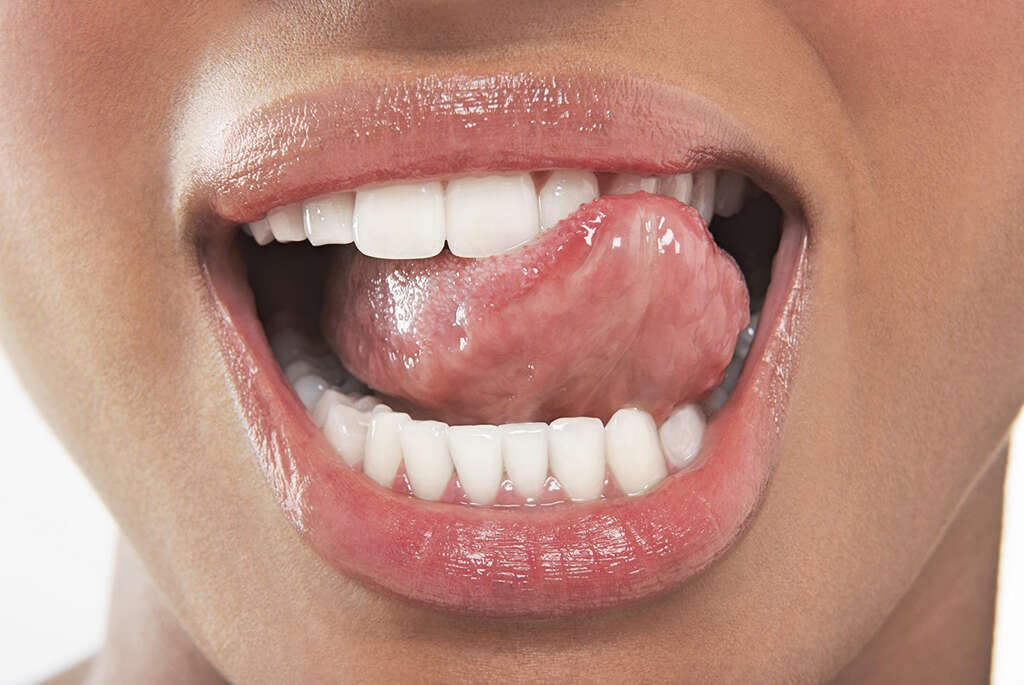
Symptom #5: Fungal Infections Elsewhere
The immune system is usually able to prevent the spread of an infection and, hopefully, to remove it completely. It is not invincible, though, and will not always be able to fight off infections alone. An oral thrush infection could potentially overwhelm the immune system and spread to other parts of the body.
It could spread to the liver, the lungs, and to the skin. Thankfully, it is not common for a case of oral thrush to spread beyond the mouth and esophagus.
Symptom #6: White Patches
Fungi are actually quite important to the body. For example, the stomach is home to fungi and other microbes that help digest food. Not all fungi are so useful, though, and they can cause unpleasant side effects.
Oral thrush is caused by an overgrowth of fungi that can manifest as white patches that form on the inside of the mouth. Also, a white substance with the color and consistency of clotted cheese often coats the tongue.
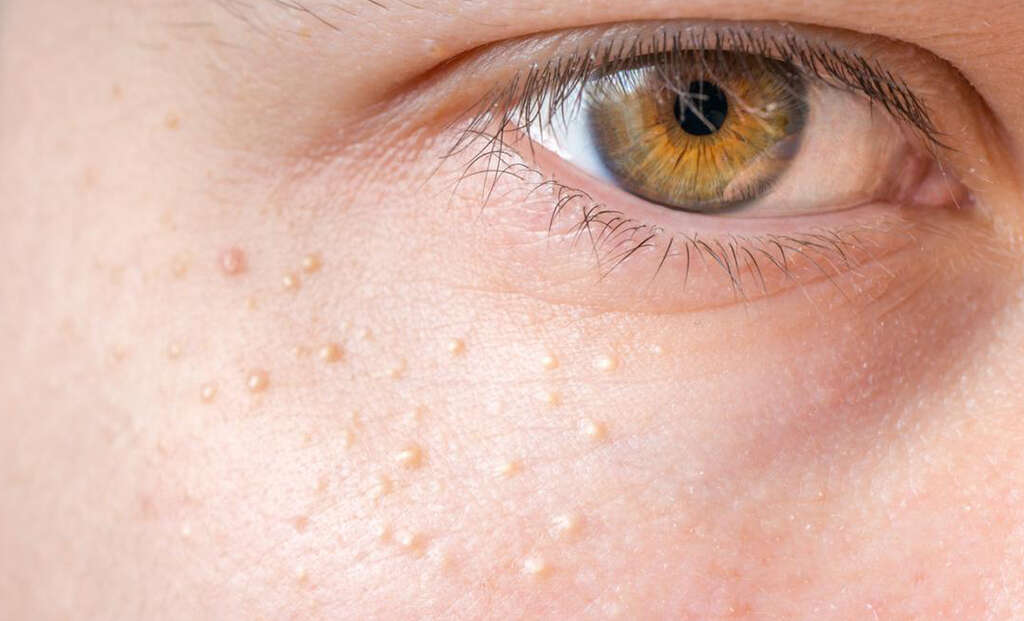
Symptom #7: Fever
A fever is an increase in body temperature above normal, and it is one way that the body deals with infections. It makes the body inhospitable to pathogens, which will, hopefully, slow an infection or maybe even kill it altogether.
If an oral thrush infection spreads beyond the esophagus, the immune system will step in to try and halt it with a fever. A fever is a sign that oral thrush is advancing, so seek medical assistance as soon as possible.
Symptom #8: Cracks in the Corners of the Mouth
The points where the upper and bottom lips meet in the corners of the mouth are known as oral commissures. This area of soft tissue is quite sensitive to the environment and cracking can occur fairly easily.
This cracking can be quite painful and can be the result of various causes. One such cause is oral thrush. Young babies with oral thrush can also experience cracking at the corners of the mouth. Skin creams can help heal the cracks and soothe the pain.
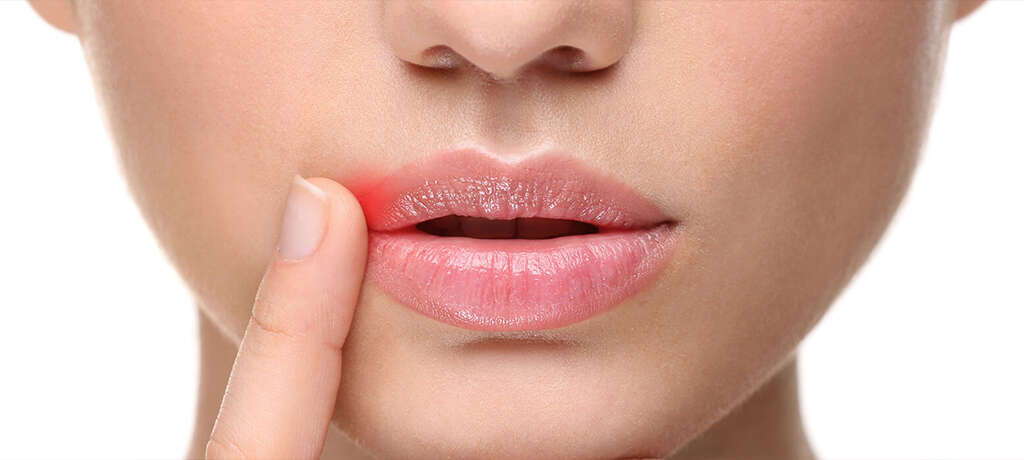
Symptom #9: Redness
When any part of the body becomes irritated, there is a good chance it will cause redness. This is partly due to blood being bought to the surface when the blood vessels are affected. The nature of the redness can help determine a correct diagnosis.
Oral thrush will likely irritate and inflame the soft tissues of the mouth, causing it to become bright red in color. The area will also likely be quite sore.
Symptom #10: Cotton Sensation in the Mouth
The inside of the mouth is usually moist due to the presence of saliva, which helps people chew food and even begins the digestion process. However, the presence of an oral thrush infection can cause the mouth to become dry, causing what is often described as a cotton sensation in the mouth.
A dry mouth due to oral thrush is more likely to be associated with redness rather than the typical white, clotted-cheese type infections.



